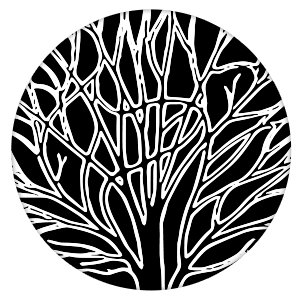Foundations of Cultural Evolution
Lecture 7: How do innovations spread?

How to change the shape of diffusion curves
How new behaviors spread is an interesting question for many. Whether it's the newest technology, health-related practice, or song, the answers address fundamental assumptions about social learning at the population level. It is also a common applied problem, where the spread of innovations is often framed in terms of diffusion and its empirical manifestation conceptualized in terms of a diffusion curve, as pictured here.
References cited
Rogers, E. M. (1962). Diffusion of Innovations. New York.
Some readings about diffusion curves and social learning
Franz, M., & Nunn, C. L. (2009). Network-based diffusion analysis: a new method for detecting social learning. Proceedings of the Royal Society B: Biological Sciences, 276(1663), 1829-1836.
Henrich, J. (2001). Cultural transmission and the diffusion of innovations: Adoption dynamics indicate that biased cultural transmission is the predominate force in behavioral change. American Anthropologist, 103(4), 992-1013.
Kandler, A., Wilder, B., & Fortunato, L. (2017). Inferring individual-level processes from population-level patterns in cultural evolution. Royal Society open science, 4(9), 170949.
Reader, S. M., & Laland, K. N. (2000). Diffusion of foraging innovations in the guppy. Animal Behaviour, 60(2), 175-180.
This project was supported by Grant #61105 from the John Templeton Foundation to the University of Tennessee, Knoxville (PIs: S. Gavrilets and P. J. Richerson) with assistance from the Center for the Dynamics of Social Complexity and the National Institute for Mathematical and Biological Synthesis at the University of Tennessee, Knoxville.

The Cultural Evolution Society's Online Learning Tutorial Series is licensed under a Creative Commons Attribution-NonCommercial-ShareAlike 4.0 International License. For designers' contact information, click here.



